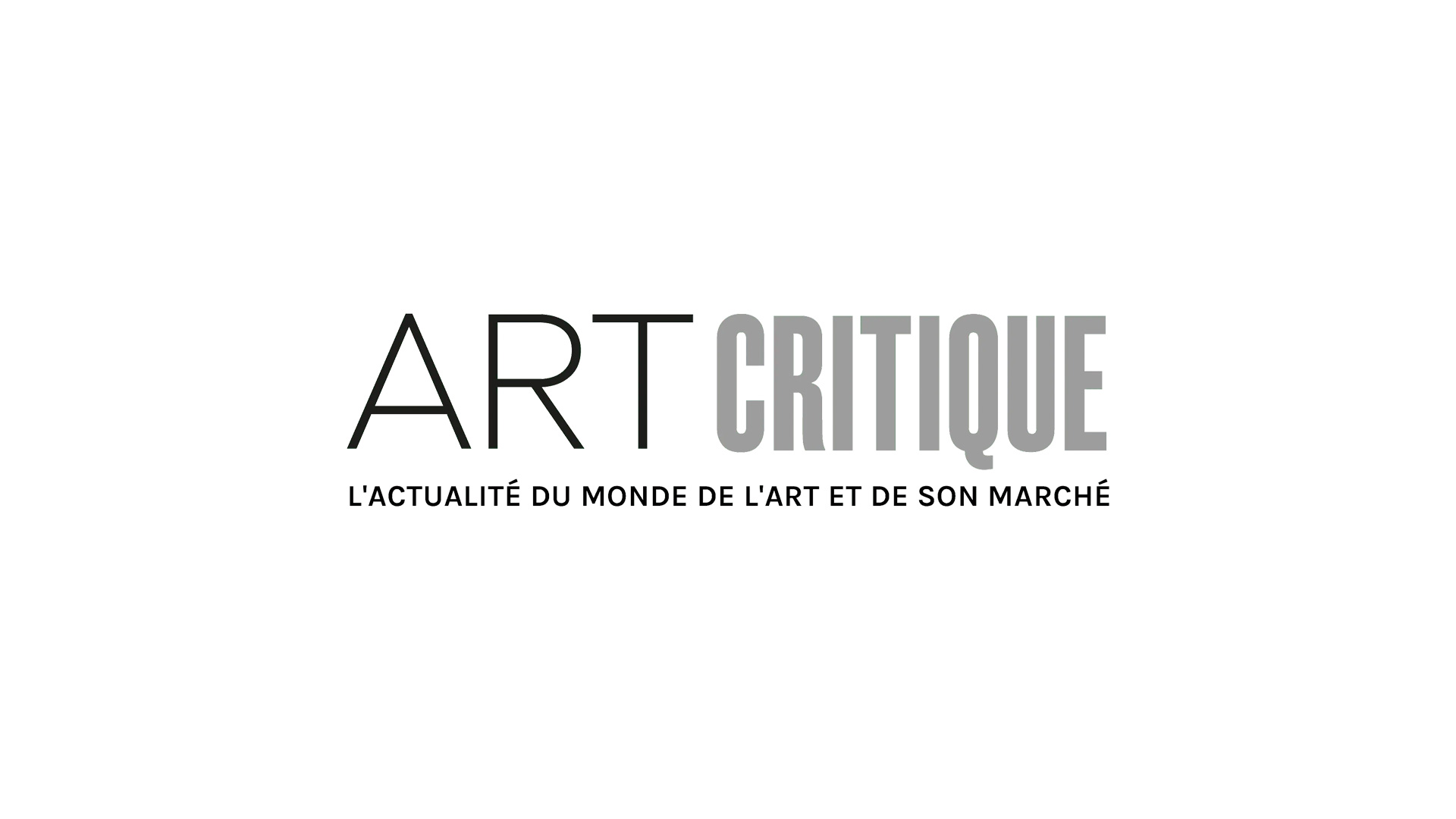Just over a year ago, Christie’s rocked the art world when they sold Leonardo da Vinci’s Salvator Mundi for $450.3 million. The hype surrounding what was deemed ‘the last da Vinci’ – though some question if it’s even by da Vinci – was palpable. Everyone suddenly seemed to know the artwork and videos by the auction house fed the frenzy.
In addition to the hype, the painting inspired New York-based artist Jordan Eagles to create an artwork riffing off da Vinci’s work. Jesus, Christie’s is Eagles’ 2018 rethinking of the artwork in relation to its sale. Utlizing an original Christie’s catalogue featuring the Salvator Mundi, Eagles inset 12 vials – specifically used to collect the blood of an HIV+ survivor and activist – into the book. The catalogue is mounted on a black background with two butterfly needles used to draw blood. The entire work is then encased in resin and plexiglass.
Eagles’ mixed media work could easily be read as commentary on auction houses given the name includes Christie’s. However, this was not his intention. Instead, the artist was aiming to comment on the extravagant amount paid for the artwork. After installing Jesus, Christie’s, Eagles specifically remarked that the work was meant to explore where our priorities lie in today’s society if a near half billion dollars can be spent on an artwork. He went on to question, ‘[h]ow could those funds have been used to do good in the world?’

The loaded artwork is an ethical critique of the art market and the gross amounts spent on objects. In a text excerpt from the Leslie-Lohman Museum, Dr. Michael Chagnon looks at the use of blood in Eagles’ work in comparison to ‘history’s greatest blood donor’: Jesus. In a new age ‘What Would Jesus Do?’ scenario, Chagnon looks from the stance of Christian theology asking if Jesus would approve of $450 million being spent on a portrait of him. Or, he continues, would the money be better spent on scientific advancements and research that could help understand disease and potentially save lives.
Jesus, Christie’s also references the regulations on MSM blood donors and the life-saving blood that could be obtained – like the life-saving blood of Christ – if the one-year celibacy rule, enacted in 2015, was relaxed. Eagles cited the shift of more than $260 million from cancer and HIV/AIDS research by the Trump administration as inspiration for his work.
Though the work offers much to be unpacked, Eagles is no stranger to dealing with such topics or mediums like blood. For him, blood is an ‘universal life force.’ Jesus, Christie’s is part is part of a larger series begun after the 2018 high school shooting in Parkland, Florida. The 2018 shooting triggered issues lingering in Eagles from the 2016 Pulse nightclub shooting in Orlando, Florida. The series examines the pointless loss of lives and blood shed through such events and how the world is reacting.
Eagles’ modern-day reliquary will be on view at the Leslie-Lohman Museum until 13 January, 2019.





